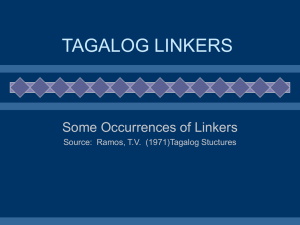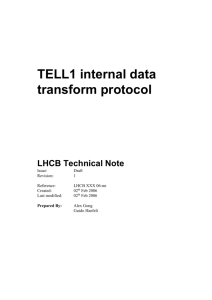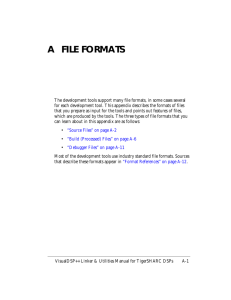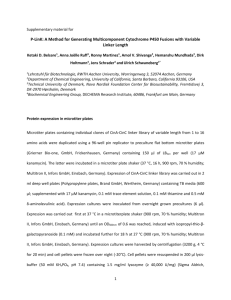Languages of the Philippines
advertisement
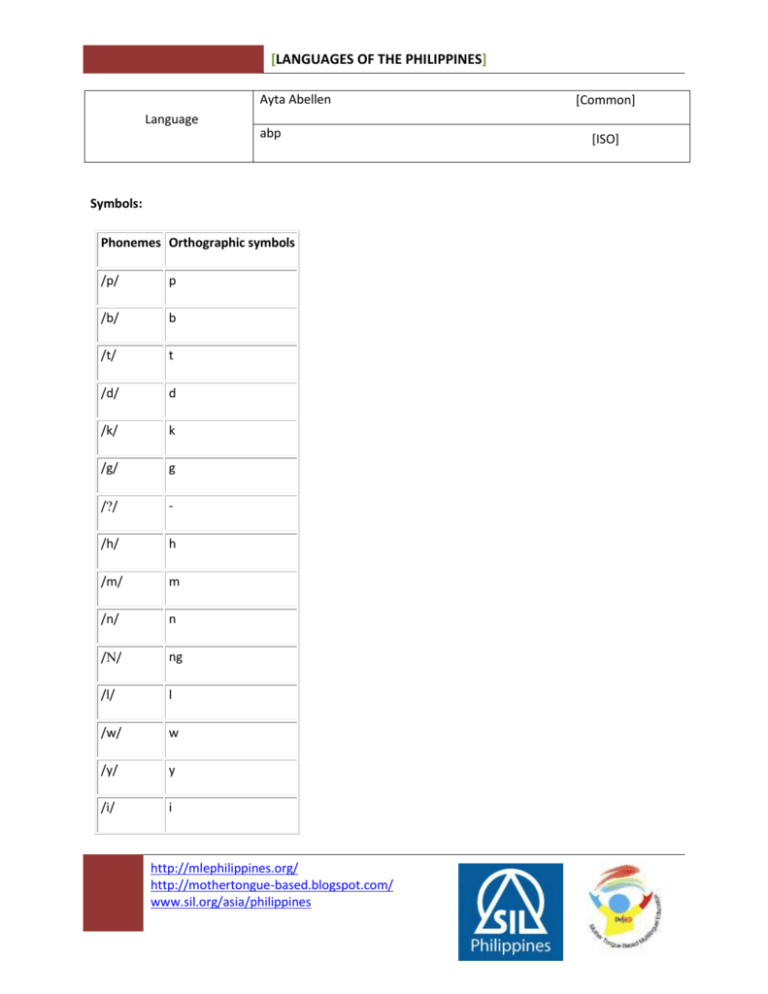
[LANGUAGES OF THE PHILIPPINES] Ayta Abellen Language abp Symbols: Phonemes Orthographic symbols /p/ p /b/ b /t/ t /d/ d /k/ k /g/ g // - /h/ h /m/ m /n/ n // ng /l/ l /w/ w /y/ y /i/ i http://mlephilippines.org/ http://mothertongue-based.blogspot.com/ www.sil.org/asia/philippines [Common] [ISO] [LANGUAGES OF THE PHILIPPINES] /a/ a /a/ ā // e /o/ o Additionally, the following symbols are used in loan words and names: s, r, c (for [k]), and j. Lengthened vowels Lengthened a in words like /da:n/ ‘way’ and : ‘head’ are written with the ā and ō symbols. The ā symbol is also used to show grammatical differences as in manggawa ‘to clear’ vs. mānggawa ‘the person clearing’. Pronouns, the linker a and the adverb na All pronouns are written separately from adjacent words since two-syllable pronouns carry stress and are thereby considered as separate phonological words. The only problem with that is that the first person singular pronoun ako `I' (used as topic) is always one phonological unit with the preceding word, i.e., there is no initial glottal stop in ako (the initial glottal stop is only inserted in isolation). Likewise the linker a should be written separately from the following word to avoid words like aaanak `LK+PL+child'. Attaching this linker to the preceding word could be considered as this is done with other linkers. For example, where the adverb na is realized using the LK -y, the linker is attached to the preceding word. At normal speech speed, the linker a is phonetically attached to the preceding word by omitting the glottal stop, whereas the glottal stop of the linker a is maintained following a word ending in a vowal. But even after a consonant the LK a is pronounced with a glottal stop when the speaker "has to think" before continuing speaking. Because unlike in Tagalog, the enclitic adverb na forms always a phonological unit with the preceding word and is connected to it by a linker it should not be written as a separate word but as one word with it except when the linker a is used (for the same reason mentioned above concerning the linker a). proposed alternatives gloss akoyna ako yna or akoy na I now http://mlephilippines.org/ http://mothertongue-based.blogspot.com/ www.sil.org/asia/philippines [LANGUAGES OF THE PHILIPPINES] malyadiyna malyadi na It is ready now maamot ana maamota na It's already hot kaganaan a kaganaana all, LK kangko a kangkoa mine, LK peteg a petega true+LK mo a moa your, LK yain a yaina that, LK Spelling Rules: 1) Stress is phonemic but will not be written. 2) No dash is used to separate 2 consecutive a. Ex. aanak, kapagtakaan 3) A dash is used after an- prefix when preceding a vowel. Also in- prefix preceding vowel (This prevents reading of i-nadal). 4) The word glossed as ‘head’ is spelled ō. 5) Reduplicated roots have a dash separating the reduplication. 6) Tawo is the pronoun ‘we(incl)’ whereas tao is person. 7) Bih-il, leng-en, loh-ok, lag-eh, kalok-an, lod-an, tim-en, pakal-em, bol-ihan to show a glottal that would otherwise not be read properly. 8) Awok and awod are spelled with a w separating the ao vowel clusters. 9) When the prefix ends in ng or g and collides with a root that begins with a vowel, a hyphen is added to help with parsing (ex. nag-adal). 10) No dash is used when the –an suffix is added to a root that ends with a vowel. 11) When there are 3 consecutive vowels of the same kind (iii), then 2 hyphens are used to aid reading (ex. ampaki-i-ingalo). Source: Nitsch Phonological Statement (1998), Stone spelling rules (2010). http://mlephilippines.org/ http://mothertongue-based.blogspot.com/ www.sil.org/asia/philippines




